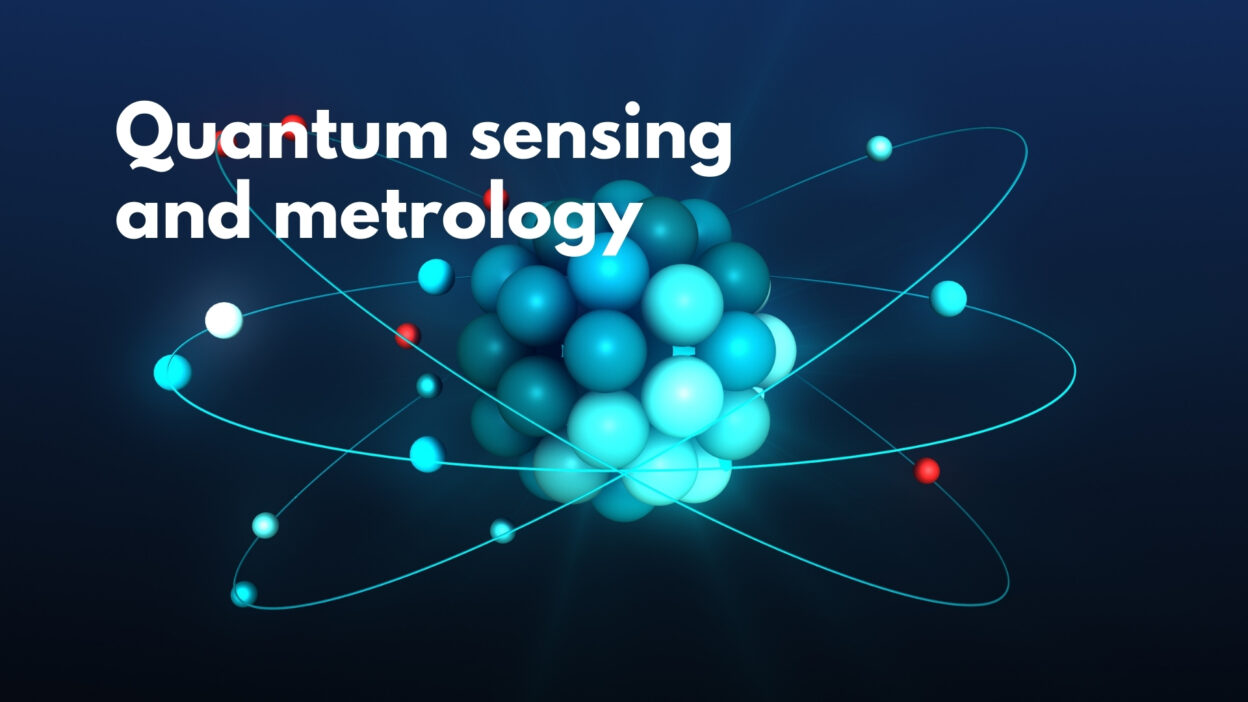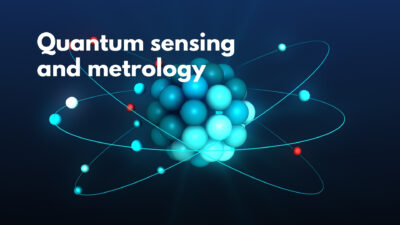**Improved Frequency Up-Conversion Detector for Quantum Computing**
Researchers at the National Institute of Standards and Technology (NIST) have developed a more efficient frequency up-conversion detector. This device detects single photons in the near-infrared range, which is crucial for various quantum technologies.
The new detector achieves an ultra-low dark count rate, meaning it can accurately detect even faint light signals without producing false positives. The team has demonstrated this improvement by detecting 1310-nm photons with a detection efficiency as low as 10%, resulting in fewer than 100 counts per second.
**Key Technical Points:**
* The detector uses a Si-APD to convert 1310-nm photons into visible light.
* A holographic band-pass filter reduces noise caused by pump wavelengths.
* By adjusting the distance between the holographic grating and iris, bandwidth is controlled to about 2 nm.
This achievement paves the way for applications in quantum optics and weak signal spectrometry. It also demonstrates significant performance improvements in frequency up-conversion technology, making it more reliable for sensitive tasks like measuring tiny amounts of energy or matter.
Implementation Timeframe:
No specific implementation timeframe mentioned; however, this development will likely influence future advancements in related fields within several years.
Potential Impact:
This improved frequency up-conversion detector could significantly enhance our ability to measure faint light signals accurately. Its potential impact includes:
1. Improved accuracy in quantum computing
2. Enhanced sensitivity in weak signal spectrometry
3. Advancements in various fields where precise measurement of small amounts of energy or matter are required
Source: https://www.nist.gov/itl/nist-conversion-detector-achieves-ultra-low-noise-level
Keywords: Si-APD, Dark Count Rate, Frequency Up-conversion




